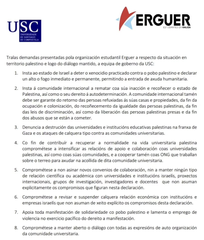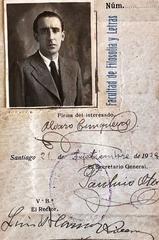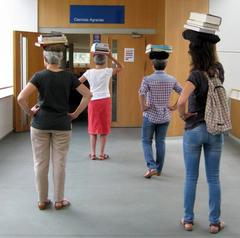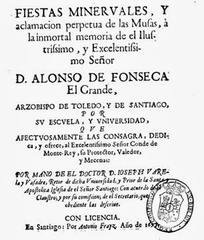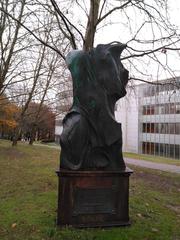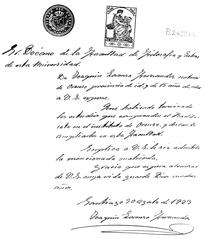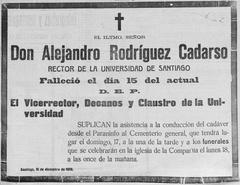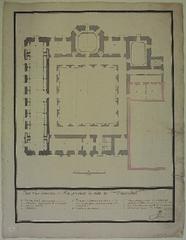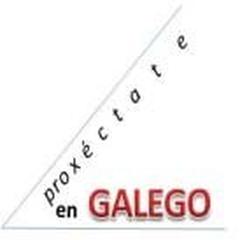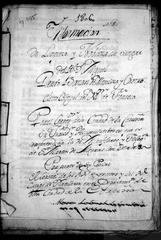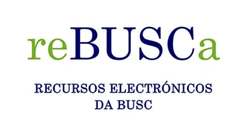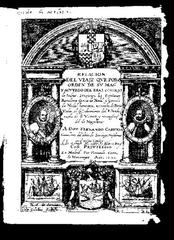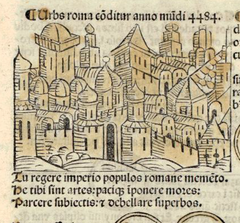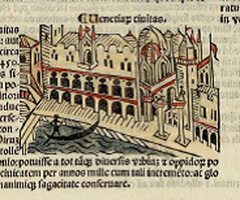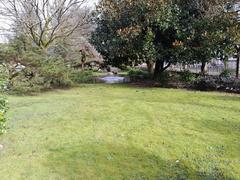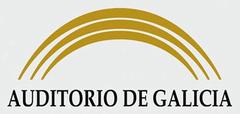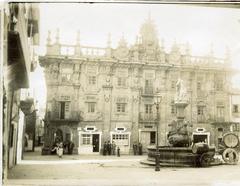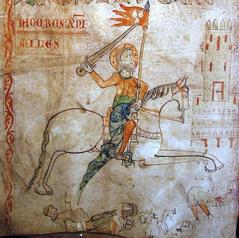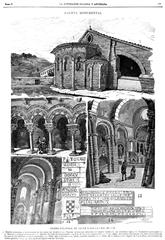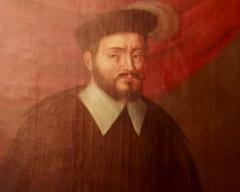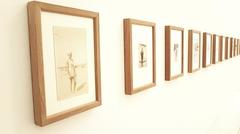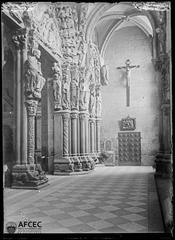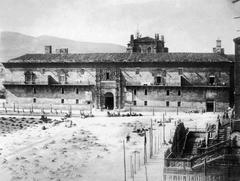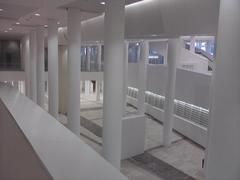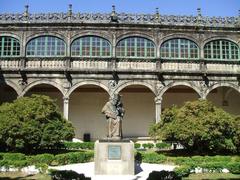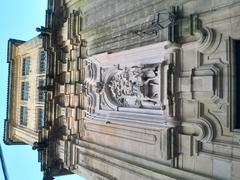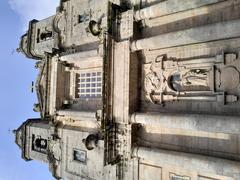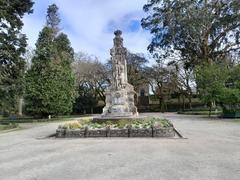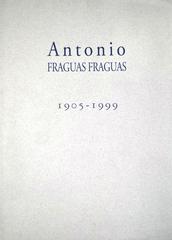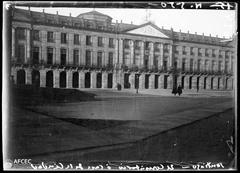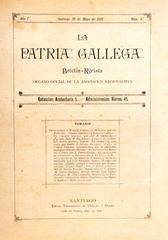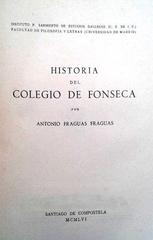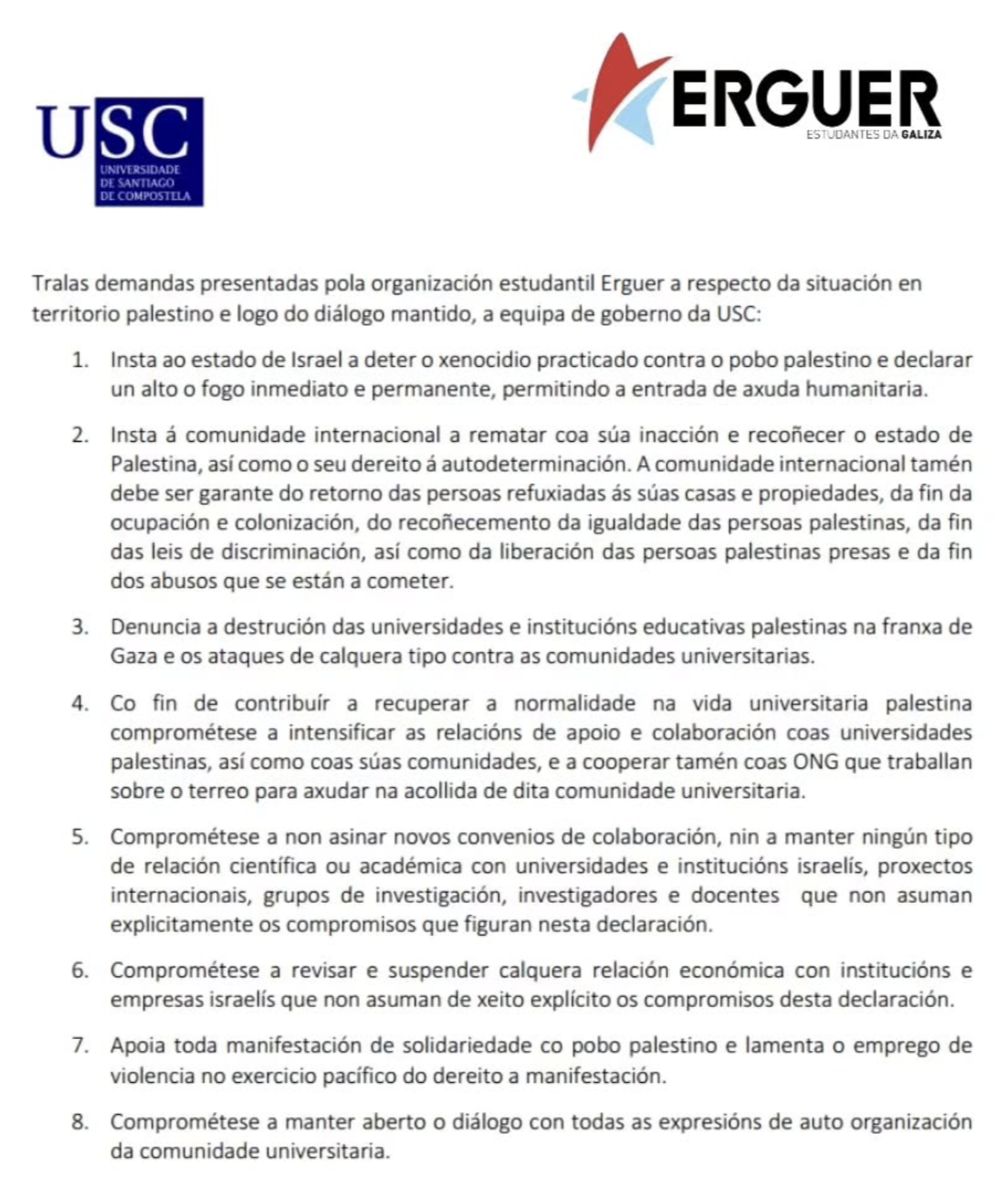
University of Santiago de Compostela Visiting Hours, Tickets, and Historical Sites Guide
Date: 14/06/2025
Introduction
The University of Santiago de Compostela (USC) stands among Europe’s most historic and culturally significant academic institutions. Founded in 1495, and formally recognized by papal bull in the early 16th century, USC has evolved from its origins as a “Grammatic Academy” to a prestigious center of learning, deeply intertwined with Galician heritage. Located in the heart of Santiago de Compostela—a renowned pilgrimage destination—the university captivates visitors with its Renaissance and Baroque architecture, centuries-old traditions, and vibrant student life. This guide provides a comprehensive overview for travelers and cultural enthusiasts, detailing the university’s historical legacy, key landmarks, visiting hours, ticketing, guided tours, accessibility, and nearby attractions (Edarabia; Spain.info; Galicia Travels).
Table of Contents
- Introduction
- Historical Overview
- Visiting the University
- Significance in Spanish and European Context
- Frequently Asked Questions (FAQ)
- Visual and Media Recommendations
- Conclusion
- References
Historical Overview
Origins and Early Development (15th–16th Centuries)
USC’s roots trace back to 1495, when López Gómez de Marzoa established the “Grammatic Academy” within the monastery of San Paio de Antealtares, aiming to offer education to underprivileged youth (Edarabia). The institution gained momentum in 1504 with a papal bull from Pope Julius II, granting it the authority to confer academic degrees. Archbishop Alonso III de Fonseca transformed the old Pilgrim’s Hospital into a university college, creating the Fonseca College, which remained the university’s core until the late 18th century. The curriculum expanded from Theology and Arts to include Law and Medicine, aligning with broader European educational developments.
Expansion and Transformation (17th–18th Centuries)
The university flourished with the establishment of additional colleges, such as San Patricio (the Irish College) and the relocation of San Xerome College. These colleges integrated academic and residential functions, fostering a close-knit scholarly community (Edarabia). In the 18th century, the university gained autonomy from religious orders and adopted royal patronage, symbolized by King Charles III’s grants and architectural expansions like the Faculty of Geography and History, designed by Melchor de Prado (Spain.info).
Modernization and Social Change (19th–20th Centuries)
During the 19th and 20th centuries, USC underwent significant modernization. The university was at the forefront of intellectual movements, and in 1913–1914, women were admitted, marking progress towards gender inclusion (Edarabia). Despite periods of political unrest, especially during the Spanish Civil War and Francoist era, the university remained a bastion of academic freedom and cultural revival.
Contemporary Era: Growth and Internationalization
USC now encompasses two main campuses (Santiago and Lugo), serving over 45,000 students across more than 60 degree programs (Galicia Travels). The university is renowned for excellence in research, especially in biomedical sciences, environmental studies, and the promotion of Galician language and culture. Historic buildings like Fonseca College and the Faculty of Geography and History continue to define its identity (Spain.info).
Visiting the University of Santiago de Compostela
Key Historical Sites to Explore
- Fonseca College (Colegio de Fonseca): The original heart of USC, this Renaissance masterpiece features a cloister, ornate library, and rotating cultural exhibitions. Guided tours illuminate its history (Trevor Huxham Blog).
- Faculty of Geography and History: This 18th-century building is renowned for its frescoed Central Hall and houses the Galician Language Institute (Spain.info).
- San Xerome College: Now the administrative center, this historic site reflects the university’s evolution.
- Pazo de Fonseca: Houses the University Library and offers a tranquil cloistered courtyard (USC Historic Buildings).
Visiting Hours and Tickets
- General Hours: Most historic buildings are open Monday–Friday, 9:00 AM–6:00 PM. Key sites like Fonseca College and the Faculty of Geography and History also open for select hours on weekends. Hours may vary seasonally; always consult the official USC website or local tourist resources for current schedules (Turismo de Galicia).
- Admission: Entry is generally free to university buildings and courtyards. Special exhibitions, museums, and guided tours may require a small fee; advance booking is recommended during high season.
- Guided Tours: The “Viva University” program and seasonal offerings provide in-depth tours in multiple languages. Book through the official university website or local tourist offices.
Guided Tours and Events
- Self-Guided Visits: Many courtyards and outdoor areas feature multilingual signage.
- Events: The university hosts art exhibitions, academic conferences, and public lectures year-round. The Festival of Saint James (Festas do Apóstolo) in July is a highlight, with special university events (Facts.net).
Accessibility and Visitor Tips
- Accessibility: Most modern buildings and some historic sites are accessible to visitors with mobility needs, though certain historic areas may remain challenging.
- Visitor Tips: Wear comfortable shoes for cobblestone streets, and check for seasonal weather updates—Santiago is known for frequent rain (Packing Up the Pieces).
- Languages: Spanish and Galician are primary; English is available in key areas.
Nearby Attractions
- Cathedral of Santiago de Compostela: The city’s UNESCO-listed spiritual landmark (Spain.info).
- Museo do Pobo Galego: Museum of Galician People, showcasing regional culture.
- Mercado de Abastos: The city’s main market.
- Praza do Obradoiro: Main square, surrounded by historic university and cathedral buildings.
Significance in Spanish and European Context
The University of Santiago de Compostela is not only a center for academic excellence but also a pillar of Galician identity and Spanish intellectual history. It has played a leading role in the promotion of Galician culture and language, and its membership in international networks such as the Compostela Group of Universities underscores its global outlook (Compostela Group; Galicia Travels; Walk the Camino).
Frequently Asked Questions (FAQ)
Q: What are the University of Santiago de Compostela visiting hours?
A: Most historic university buildings are open Monday–Friday from 9:00 AM to 6:00 PM, with limited weekend access. Always check the official USC website for up-to-date schedules.
Q: Is there an entrance fee?
A: General entry is free; select exhibitions or guided tours may require a ticket.
Q: Are guided tours available?
A: Yes, available in multiple languages. Book via the university website or tourist office.
Q: Can I take photos inside?
A: Photography is permitted in most outdoor and public areas, but may be restricted inside specific buildings. Always check signage or ask staff.
Q: Is the campus accessible for people with disabilities?
A: Modern facilities are accessible; some historic buildings have limited access.
Q: How do I get to the university?
A: The campus is centrally located; accessible by foot from the city center, or by public transport from the airport or train station (Packing Up the Pieces).
Visual and Media Recommendations
- Incorporate high-quality images of Fonseca College, the cloister, and the Faculty of Geography and History.
- Use campus maps highlighting key buildings and accessible routes.
- Embed virtual tour links and videos from the official USC website.
- Add descriptive alt text, e.g., “Cloister of Colegio de Fonseca, University of Santiago de Compostela.”
Conclusion
A visit to the University of Santiago de Compostela is a journey through more than five centuries of academic tradition, architectural splendor, and vibrant campus life. With its free public access, guided tour opportunities, and integration within a UNESCO-listed historic city, USC offers an enriching experience for history enthusiasts, cultural travelers, and pilgrims alike. Plan your visit by checking updated schedules, booking tours in advance, and exploring the university’s events and exhibitions.
For up-to-date visitor information, consult the official USC website, local tourism offices, or download the Audiala app for curated tours, interactive maps, and event notifications.
References
- University of Santiago de Compostela, Edarabia
- Faculty of Geography and History, University of Santiago de Compostela, Spain.info
- Santiago de Compostela Tourist Guide, Galicia Travels
- University of Santiago de Compostela Official History, USC Official Website
- Santiago de Compostela Tourist Attractions, PlanetWare
- University of Santiago de Compostela Campus Overview, USC Official Website
- Santiago de Compostela Itinerary and Visitor Tips, Packing Up the Pieces
- Compostela Group of Universities Conference, GCompostela
- Walk the Camino: Santiago’s Historical Importance
- Trevor Huxham Historic University Tour Blog
- Nomads Travel Guide: Santiago de Compostela
- Facts.net: Santiago de Compostela Facts
- Lotus Eaters Travel Guide to Santiago de Compostela
